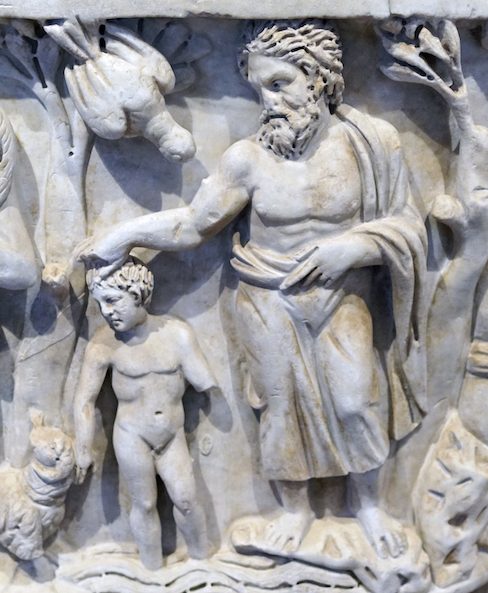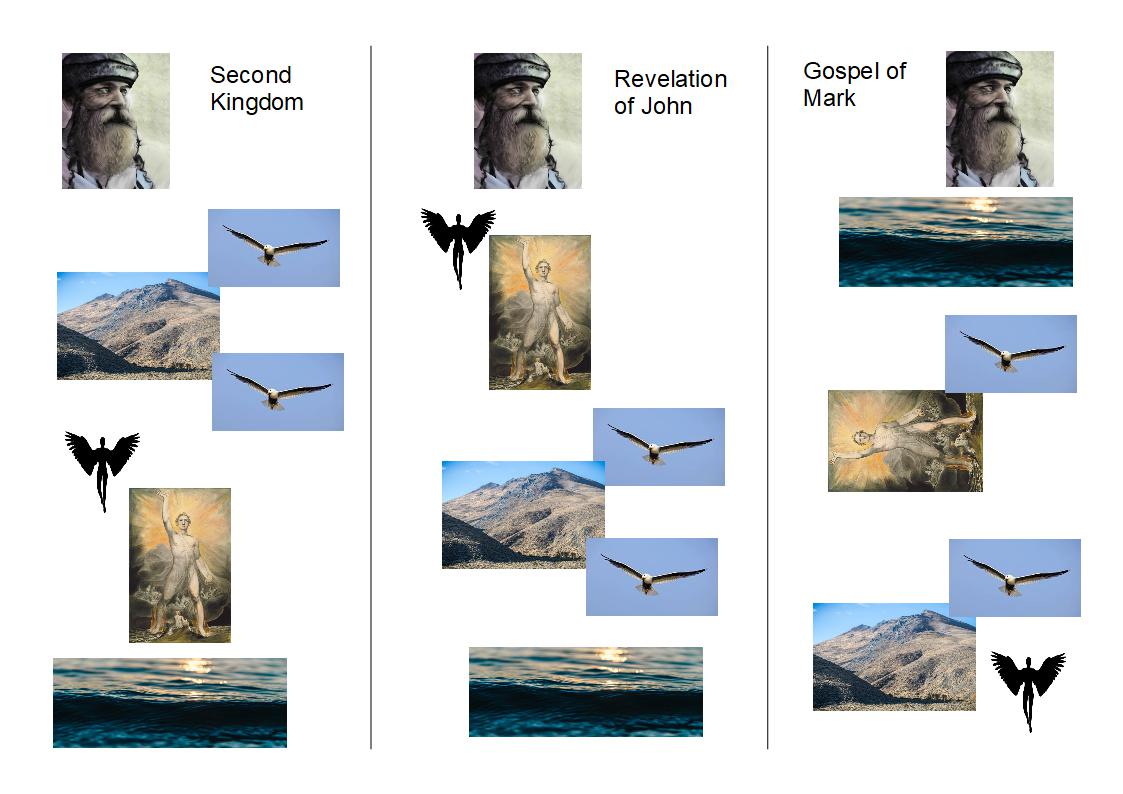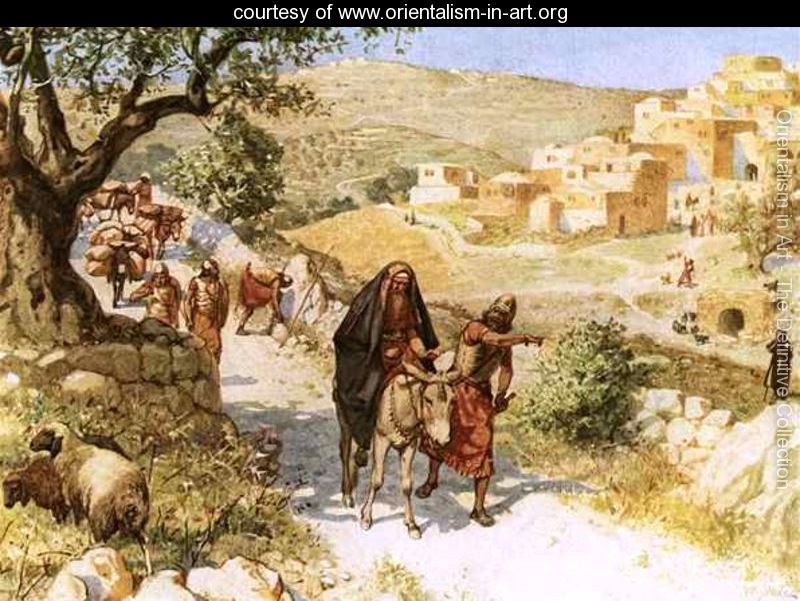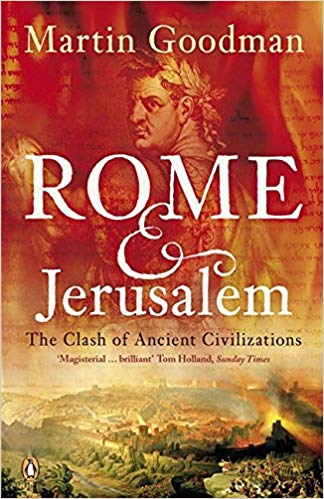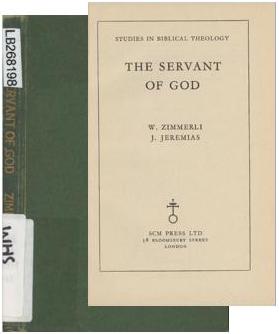
In the previous post we saw the first two items of evidence for a belief among pre-Christian Jews in a suffering messiah to come. This post looks at a third item, the Parables of Enoch. Follow up posts will address several more.
I begin by presenting Jeremias’s argument in his own words but in the next section of the post I update his terminology and the state of the discussion to accord with current terms and scholarly views concerning the dating of the key passage.
Joachim Jeremias’s third item of evidence is a section from the Ethiopic Book of Enoch. His references to Deut. Isa are to the second (deutero) part of Isaiah, chapters 40 to 55. I have reformatted Jeremias’s text to allow for easier following of each of the points where Enoch draws upon an Isaiah servant passage:
(γ) The next relevant source from the point of view of time is the so-called Visionary Discourses of the Ethiopian Enoch (chs. 37-71) which are certainly pre-Christian. Here the Messiah is depicted to a quite striking extent by means of traits drawn from Deut. Isa. Apart from the titles ‘son of man’ and ‘Messiah’ he bears constantly the name ‘the chosen one’ but only occasionally that of ‘the righteous one’. ‘The chosen one’ is, however (Isa. 42.1), the title of the servant of God and the same applies to ‘the righteous one’ (Isa. 53.11). Thus we are led straight away to those two sections of Deut. Isa. which, also in the subsequent periods, are the ones interpreted messianically: Isa. 42.1 if., 52.13 ff.
In En. 48.4 the son of man is called ‘the light of the peoples’; this is an attribute of God’s servant (Isa. 42.6; 49.6).
It is said further that his name was named before creation ‘in the presence of the Lord of spirits’ (En. 48.3); this is an amplification of Isa. 49.1: ‘my name he named when I was not yet born’.
Then he was ‘hidden before God’ (En. 48.6, cf. 62.7) which is a reference to Isa. 49.2 (‘He hid me in the shadow of his hand’).
Again, in the description of the revelation of the son of man the Visionary Discourses constantly depict the humiliation of kings and the mighty before him with a reminiscence of Isa. 49.7; 5 2.15. It is said that they will see him in his glory (En. 55.4; 62.1, 3), rise before him (En. 46.4; 62.3), and cast themselves down (48.10 v.l.; 62.9; cf. 48.5), thus with an allusion to Isa. 49.7; ‘Princes and kings will see it and arise and cast themselves down’.
It is said further that their countenance will be fallen (En. 46.6; 48.8) alluding to Isa. 52.15: ‘Kings will shut their mouths before him’.
In particular in En. 62.1 ff. the conduct of kings, the mighty and those who possess the earth, is depicted in close connexion with Isa. 52.13 ff.; thus En. 62.5 f.: ‘They will be afraid (cf. Isa. 52.14), they will lower their eyes (cf. Isa. 52.15), and pain will seize them when they see the Son of Man sitting on the throne of his glory; kings (cf. Isa. 52.15), the mighty and all who possess the earth will glorify, praise and exalt him who rules over all (cf. Isa. 52.13), who was hidden (cf. Isa. 52.15)’.
Again it is the passages Isa. 42.1 ff.; 52.13 ff. (cf. p. 59) which are messianically interpreted; together with 49.1-2, 6-7.
Finally there are the following statements which have a loose connexion with Deut. Isa. The chosen has the spirit of righteousness (En. 62.1 f; cf. [besides lsa. 11.2,4] 42.1: ‘My chosen . . . I have laid my spirit upon him’). He executes judgement (En. 41.9; 45-3; 49.4; 55.4; 61.9; 62.2 f.; 69.27; cf. Isa. 42.4 Ά, Θ, Targ.). En. 48.4b: ‘He will be the light of the peoples and the hope of the sad’ combines Isa. 42.6 (‘fight of the peoples’) with its context (42.7: salvation of the blind and wretched).
The son of man of the Visionary Discourses is thus to a large extent depicted with traits which are borrowed from servant passages of Deut. Isa. (42.1-7; 49.1 f., 6 f; 52.13-15; 53.11).
The author of the Parables of Enoch interpreted Isaiah’s servant passages, including those passages announcing a suffering servant, as references to a future messiah.
Continue reading “A Pre-Christian Jewish Suffering Messiah (2)”


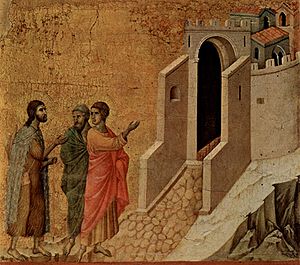
 With all the controversy that keeps popping up over Baby, It’s Cold Outside. . . .
With all the controversy that keeps popping up over Baby, It’s Cold Outside. . . .
